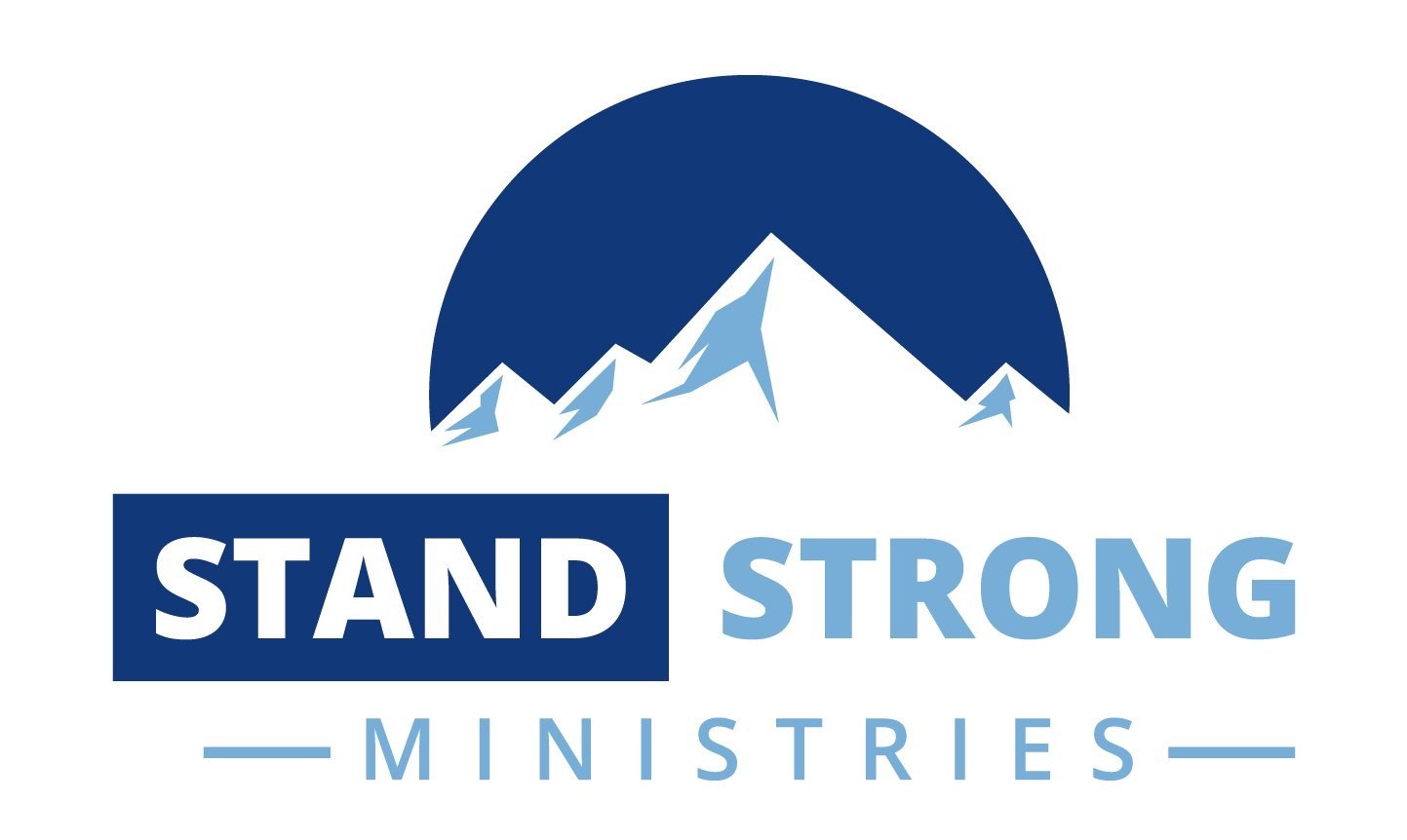Lesson 4 explores Matthew's genealogy, highlighting Jesus as the "Son of David, the son of Abraham," emphasizing His royal and Jewish heritage essential for His messianic role. Luke's genealogy traces the lineage upwards from Jesus to Adam, "the son of God," reinforcing the universal nature of His salvation.
THE GENEALOGIES
Matt. 1:1-17; Lk. 3:23-38
Matthew and Luke appear to contradict each other regarding the genealogy of Jesus Christ. But, is that the case?
Contradictions - Two opposing things (one says one thing, and the other says another thing). But they can't both be true at the same time and in the same sense.
Truth is, Matthew’s genealogy and Luke’s genealogy are two different genealogies.
Luke's genealogy starts at Adam and goes to David. Matthew's genealogy starts at Abraham (Gen. 12 & 15) and goes to David (2 Sam. 7). When the genealogies arrive at David, they split with David's sons: Nathan (Mary's side?) and Solomon (Joseph's side).
Differences: Matthew gives Joseph's father as Jacob (Matthew 1:16), while Luke gives Joseph's father as Heli (Luke 3:23). Matthew traces the line through David's son Solomon (Matthew 1:6), while Luke traces the line through David's son Nathan (Luke 3:31). In fact, between David and Jesus, the only names the genealogies have in common are Shealtiel and Zerubbabel (Matthew 1:12; Luke 3:27), but most scholars believe these are not the same people (same names, but different people).
EXAMINATION OF MATTHEW
Matthew - The Royal Line (Joseph's Side) - Jewish Audience
Jesus is called the "Son of David" (King) and the "Son of Abraham (Jew) " (1:1)
Matthew gave Jesus's lineage through his legal father, Joseph (Matt. 1:16), not his biological father. Provided 41 generations in all (divided into 3 sections). Thus, to demonstrate Jesus's rightful place on the throne of David. Furthermore, if you read Matthew, you see how the Gospel focuses on certain accounts and visions of Joseph but not on the account of the Gospel of Luke. Luke's genealogy stems from the line of Mary, and therefore, notice how the opening accounts evolve around her.
Jeconiah Problem: In Jeremiah 22:24-30, Jeconiah's family ends because he is cursed that no descendant of his will have the right to the throne. Joseph (the legal father of Jesus) comes from the line of Jeconiah - leaving the line of Joseph disqualified to be king. Nor could Jesus claim the right to David's throne by virtue of his adoption by Joseph, since Joseph was not the heir apparent. This explains why Matthew mentions Jeconiah and then proceeds to write the Virgin account. Stating that Jesus is not from the line of Joseph, but Mary's (who also carries a Davidic Line) - which is detailed in Luke's genealogy.
EXAMINATION OF LUKE
Luke - The Levirate Line (Mary's Side) - Gentiles (the rest of the world)
Jesus is called the "Son of Adam" (Man) and the "Son of God" (God) (3:38)
Luke provides 77 generations in total. Listing a woman's family tree was against tradition. The Talmud states, "A mother's family is not to be called a family."
Luke's genealogy omits names and excludes women, while strictly adhering to Jewish procedures. However, to confirm that this genealogy belongs to Mary, the definite article "the" is missing before Joseph's name, while all the other names have it. In Greek, this detail is significant, as it indicates that this is not Joseph's lineage, but that of Mary.
THE NEED FOR TWO GENEALOGIES
After the Kingdom was separated following Solomon, the Kingdom of Judah (capital in Jerusalem) and the Kingdom of Israel (capital in Samaria) had specific requirements.
Judah stated the king had to come of Davidic descent (Isa. 8:9-15; 2 Sam. 7).
Israel stated the king had to come from prophetic or divine appointment (see throughout 1 Kings).
A Christian writer, "One interesting commentary points out that by beginning with Abraham, the father of the Jewish nation, Matthew's genealogy shows the relationship of Jesus to all Jews—he is their Messiah. This coincides with the overarching theme and purpose of the book
of Matthew—to prove that Jesus is the Messiah. On the other hand, the overriding purpose of the book of Luke is to give a precise record of the life of Christ as the perfect human Savior. Therefore, the genealogy of Luke traces all the way back to Adam, demonstrating the relationship of Jesus to all of mankind—he is the Savior of the world."


